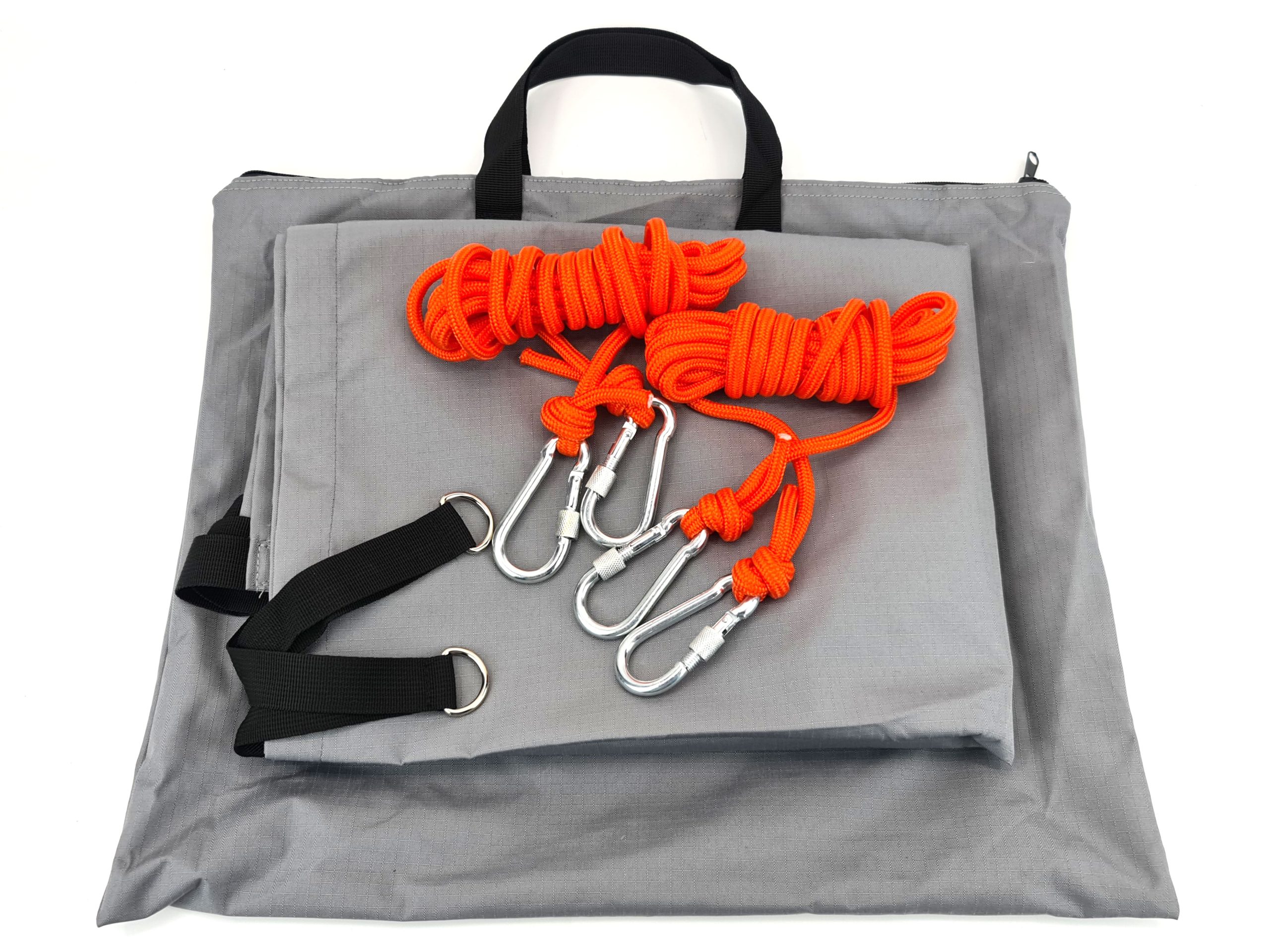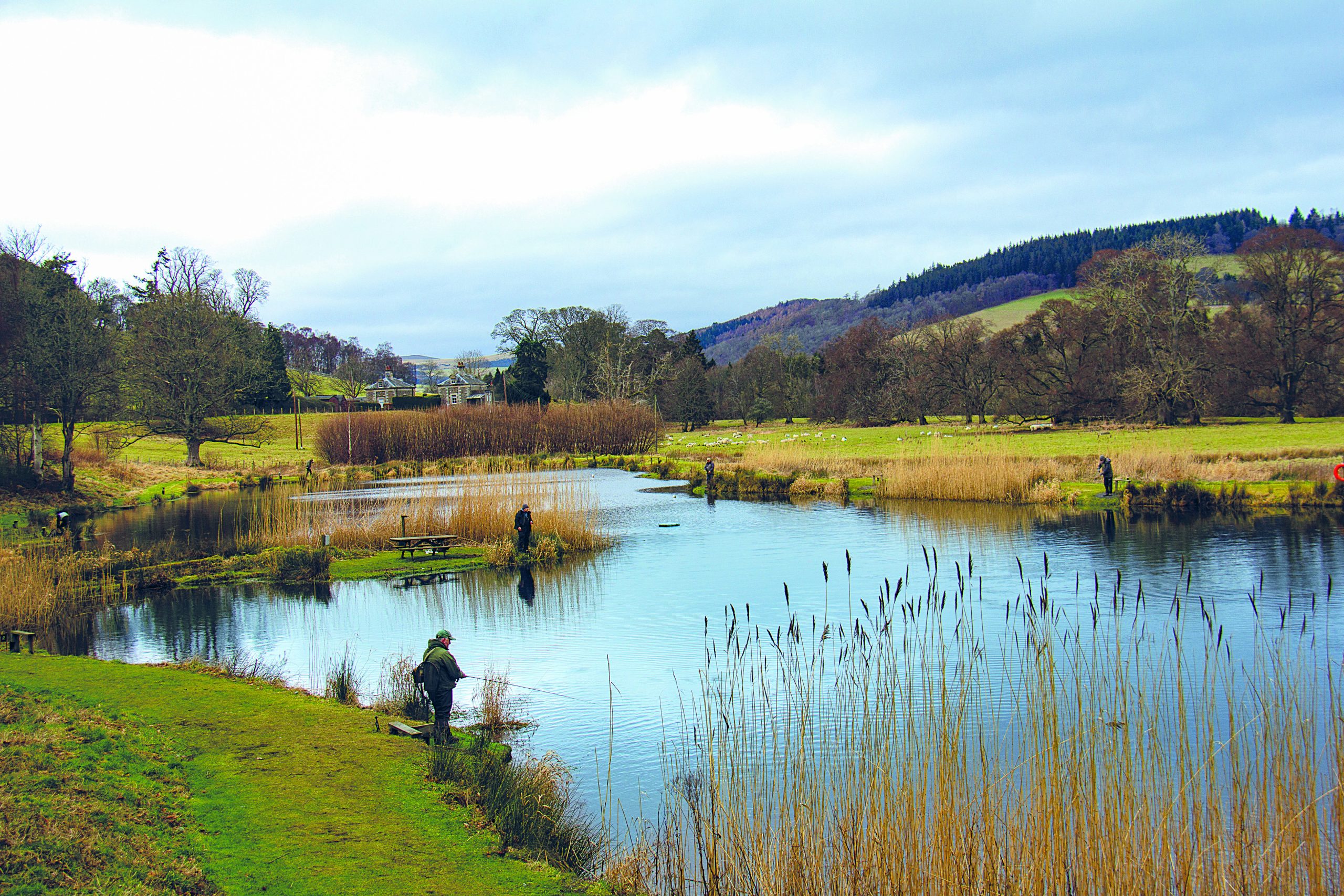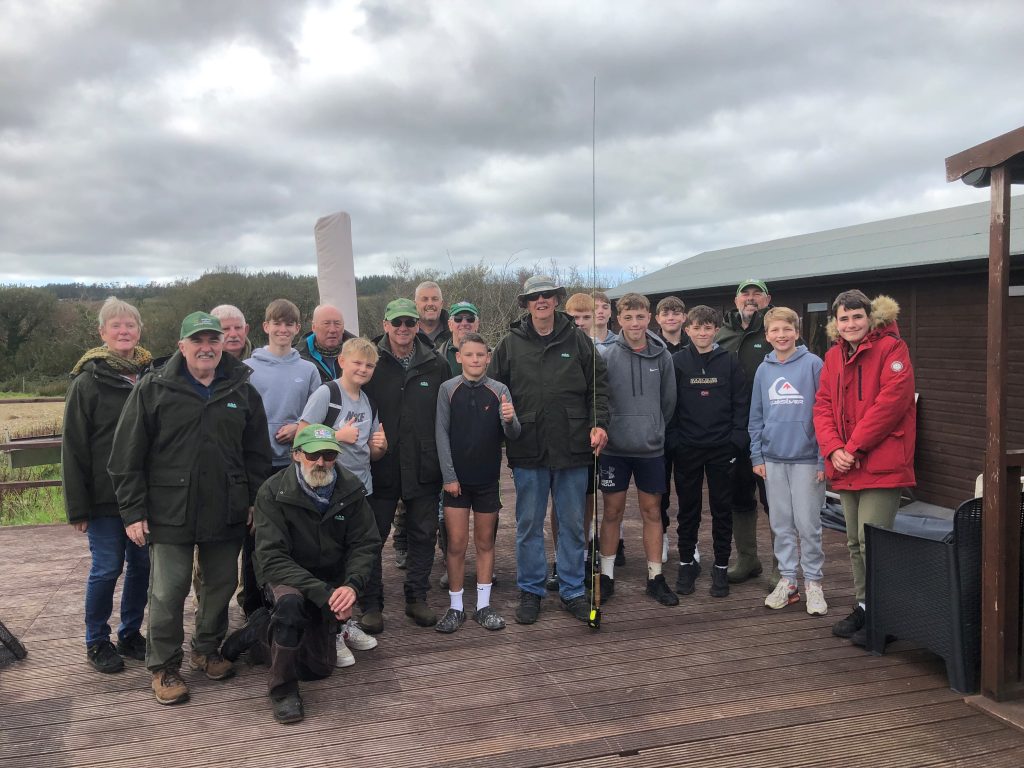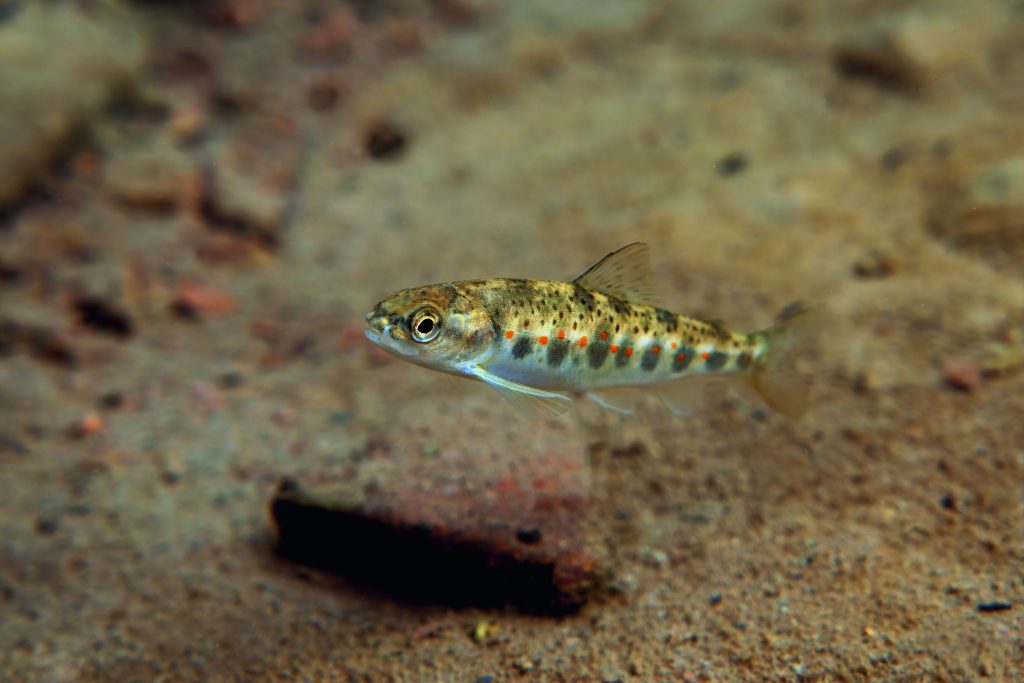Hook more fish with dry flies
Keep missing rising fish on stillwaters? Try these proven solutions

I love my dry-fly fishing. For me, the sight of a fish taking my dry-fly is what fishing is all about. But there are days when I seem to hook everything and others when I feel the hookpoint has disappeared.
The term “strike” suggests a movement that is too vicious for hooking a rising trout, yet there are times when I do react with a strike, especially if too much slack has formed as I scan the surface for a rising fish. For most rise forms, try to think that you are simply lifting into a fish that has your fly in its mouth. Here are my thoughts on how to react to various rise forms.
A splash at the fly
This usually happens when the fish is not totally convinced that your fly is what it thought it was, especially if it has risen from the deeps.
The automatic response to “strike” is only natural but successful hooking is down to chance. If you do not hook the fish, immediately lifting off and re-casting to the same spot can sometimes result in a more confident and often unmissable take. On the other hand, the fish may have shot straight back down to the depths again. In this instance, try a smaller version of the same pattern and hopefully the fish will take it with more confidence.
Of course, it may have been the size of the fly that brought up the fish in the first place – a splashy rise is often to a large Daddy Long-legs or Sedge. If you are continually lifting into fresh air, try doing nothing for a few seconds, then figure-of-eight or take one long pull away from the rise. Trout often try to drown these big flies, then turn around and mop them up beneath the surface. One evening on Portmore Loch, south of Edinburgh, I successfully hooked four sedge-feeding wild brownies in succession. All four were hooked in the tail as they slapped down on my dry Sedge.
The head-and-tail rise
If you are fully concentrating, you should not miss this fish. It has been totally fooled by your offering and a simple lift, rather than a strike, should set the hook. My thought process is, “Yes, that’s mine” and then I lift.
The sip
Again, the trout has taken your fly with confidence. These are often better fish that have learned to feed with minimum effort. Unfortunately, these are the rise forms where hooking success varies most. My most successful tactic is to think, “That was to me” then gently feel for the fish with a draw of the line or slow lift of the rod. If the line shows signs of tightening, continue the lift to fully set the hook. If the fish has missed the fly, or the sip was so gentle that your lift has drawn the fly out of its mouth, the draw away often results in a faster second rise – usually leading to a hooking. The smaller the fly, the more time you need to leave before lifting. A small hook simply needs longer to find a hook-hold.
As an aside, I remember one old angler – he was coming to the end of his fishing time – who simply enjoyed the fact that fish would rise and take his floating fly. He did not have a bend or point on his flies. When a fish rose to his fly he would just say, “Fooled you” and be happy at that.
He never had timing issues!





